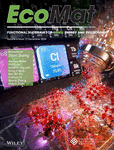COVER IMAGE
Front cover
- First Published: 15 December 2024
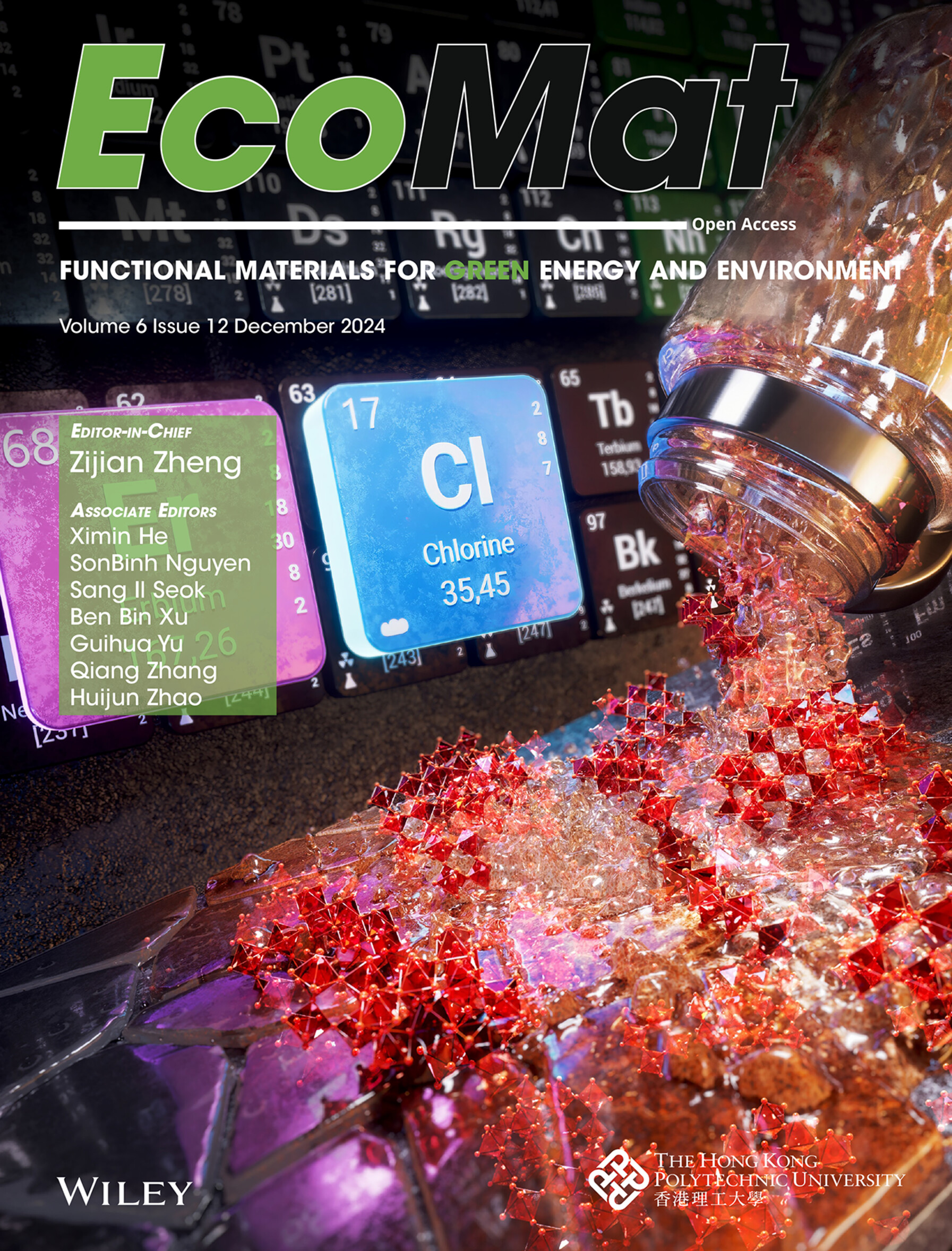
This cover highlights the innovative use of erbium chloride (ErCl3) in tin-halide perovskite solar cells, achieving record-breaking performance. By modulating nucleation and crystallization kinetics, ErCl3 enhances film quality, mitigates defect formation, and improves both efficiency (14.0%) and stability. This study provides a sustainable path forward for lead-free perovskites, offering a compelling alternative to lead-based counterparts.
Inside Front Cover
- First Published: 15 December 2024
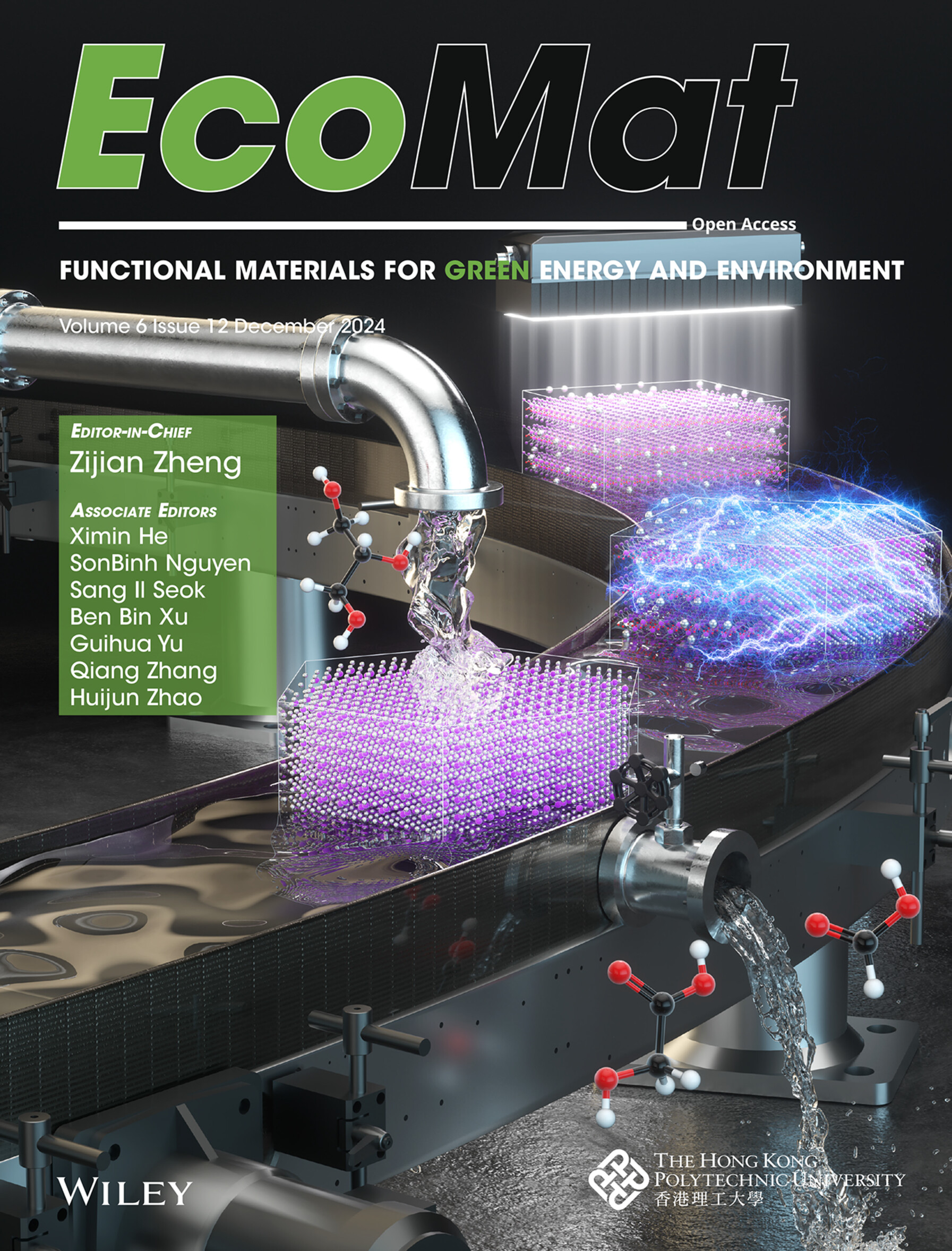
BiOI-derived PtBi electrocatalysts for glycerol oxidation reaction were fabricated using an electrochemical method. BiOI enabled the photoelectrochemical deposition of Pt atoms, and after their conversion into PtBi, this resulted in a high mass activity of Pt. The proposed PtBi electrocatalysts effectively produce glycolate and formate from glycerol oxidation reaction in alkaline solution.
Inside Back Cover
- First Published: 15 December 2024
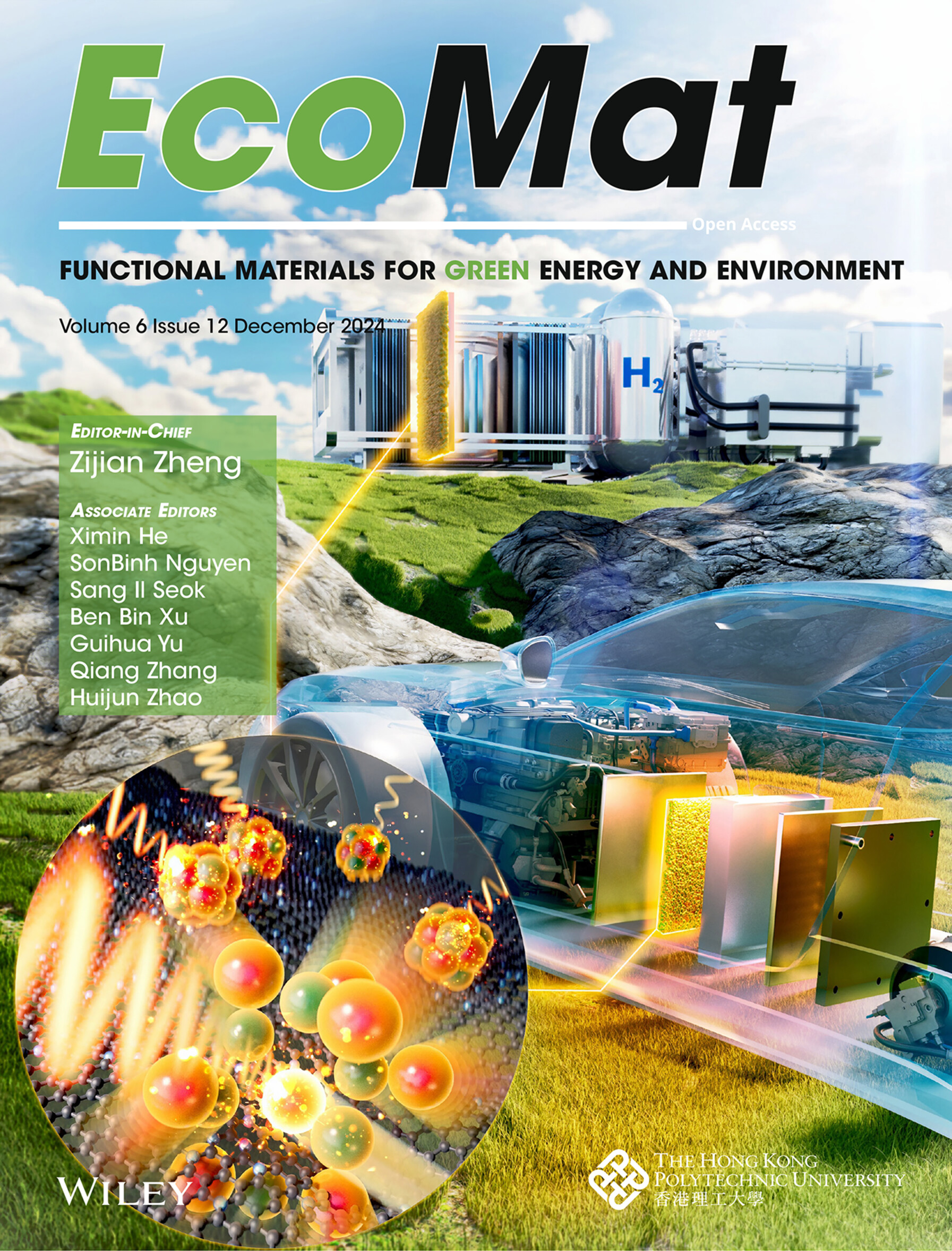
This cover visualizes the microwave-assisted synthesis of platinum-nickel nanoalloys on nitrogen-doped graphene and their practical applications such as water electrolysis and fuel cell. This research concentrates on the fast and facile synthetic procedure using microwave heating with reducing the amount of platinum and enhancing the catalytic performance by the control of lattice strain and nitrogen doping. These can lead to improved activity and durability in hydrogen evolution and oxygen reduction for hydrogen production and utilization in our daily lives.
Back Cover
- First Published: 15 December 2024
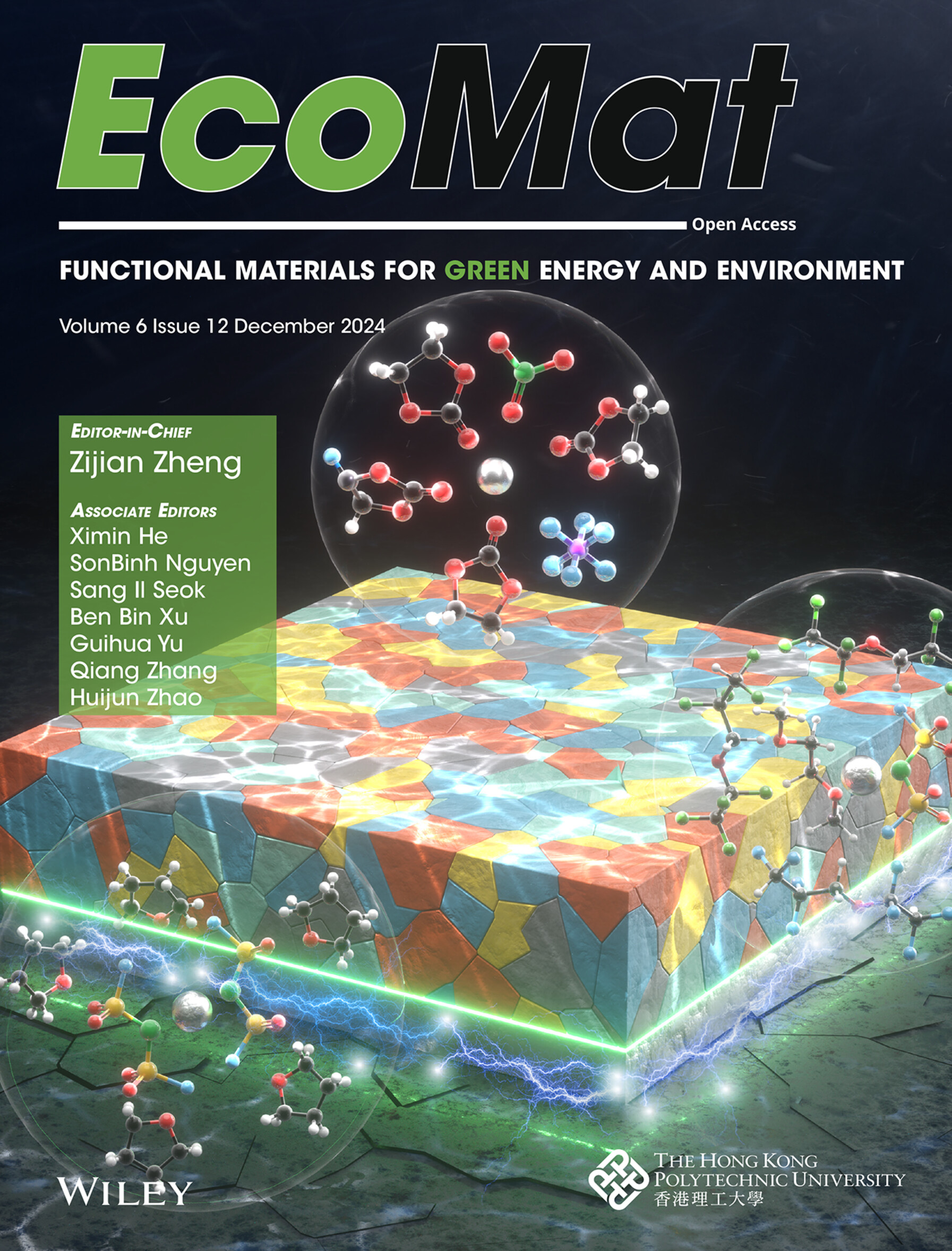
The illustration highlights the role of the solid electrolyte interphase (SEI) in preventing lithium dendrite growth and stabilizing lithium metal. The cover showcases advancements in electrolyte design to engineer a more robust and stable SEI. This is a central theme of our review, which explores innovative approaches to achieving optimal SEI properties through tailored electrolyte formulations.
ISSUE INFORMATION
REVIEW
A review of recent developments in the design of electrolytes and solid electrolyte interphase for lithium metal batteries
- First Published: 23 October 2024

With various types of lithium salt, solvents, and additives, the structure and components of solid electrolyte interphase (SEI) can be designed. The comprehensive properties of SEI such as high mechanical stability, electronic insultation, and high ionic conductivity are closely related to uniform lithium deposition and side reaction prevention resulting in high Coulombic efficiency.
RESEARCH ARTICLE
Electrostatic charge injection for reusing face masks: Mechanisms, performance, and a household alternative
- First Published: 19 October 2024
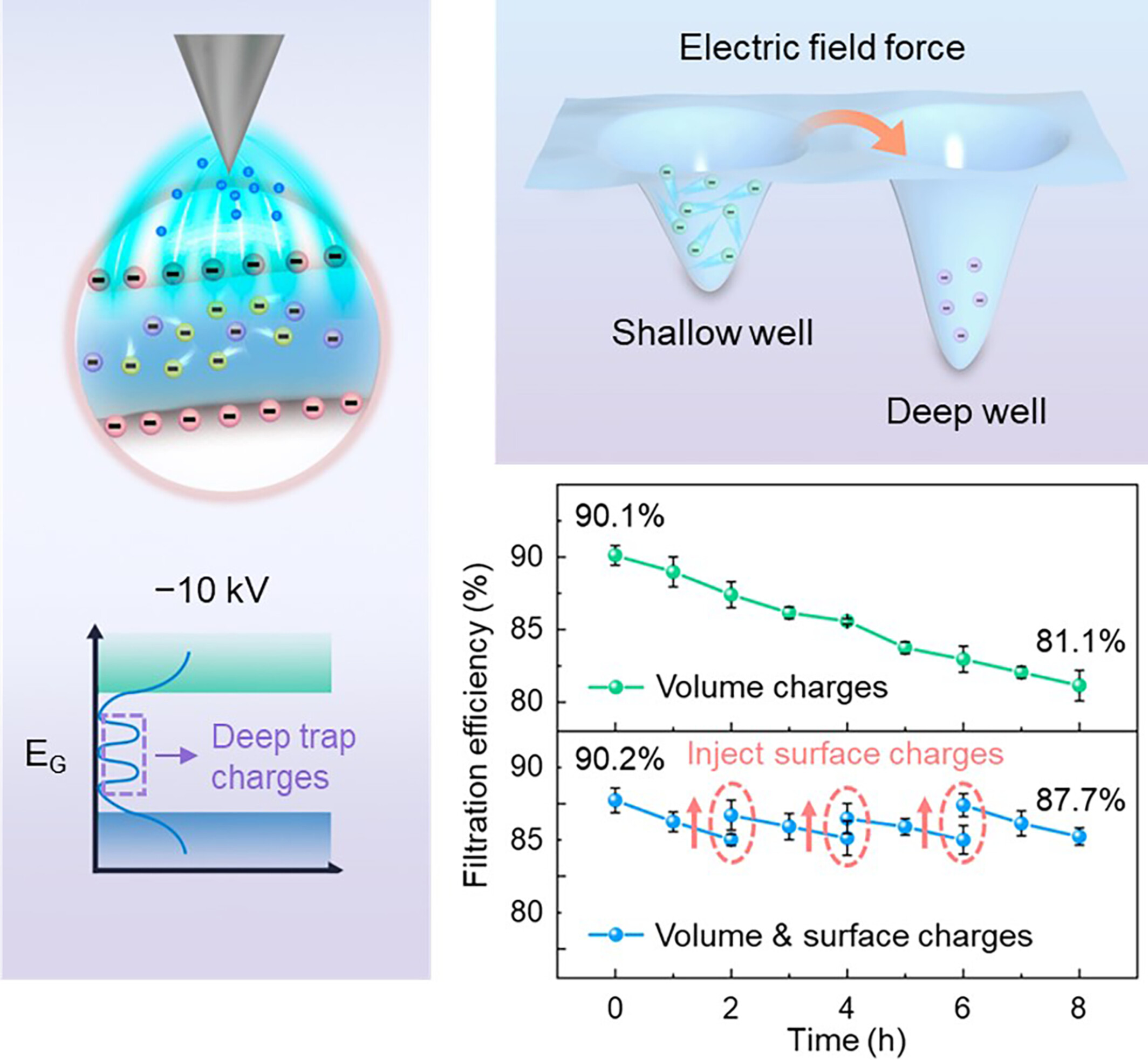
Disposable face masks pose significant environmental concerns due to their non-biodegradable nature and contribution to microplastic pollution. This research explores sustainable practices for mask reuse, emphasizing effective disinfection and charge replenishment techniques. We have demonstrated that volume charges, particularly those deeply embedded within the forbidden band introduced by a high corona bias, significantly enhance the stability and durability of filtration.
Microwave-assisted control of PtNi nanoalloy clusters on the nitrogen-doped graphene oxide for energy conversion with oxygen reduction reaction and hydrogen evolution reaction
- First Published: 28 October 2024
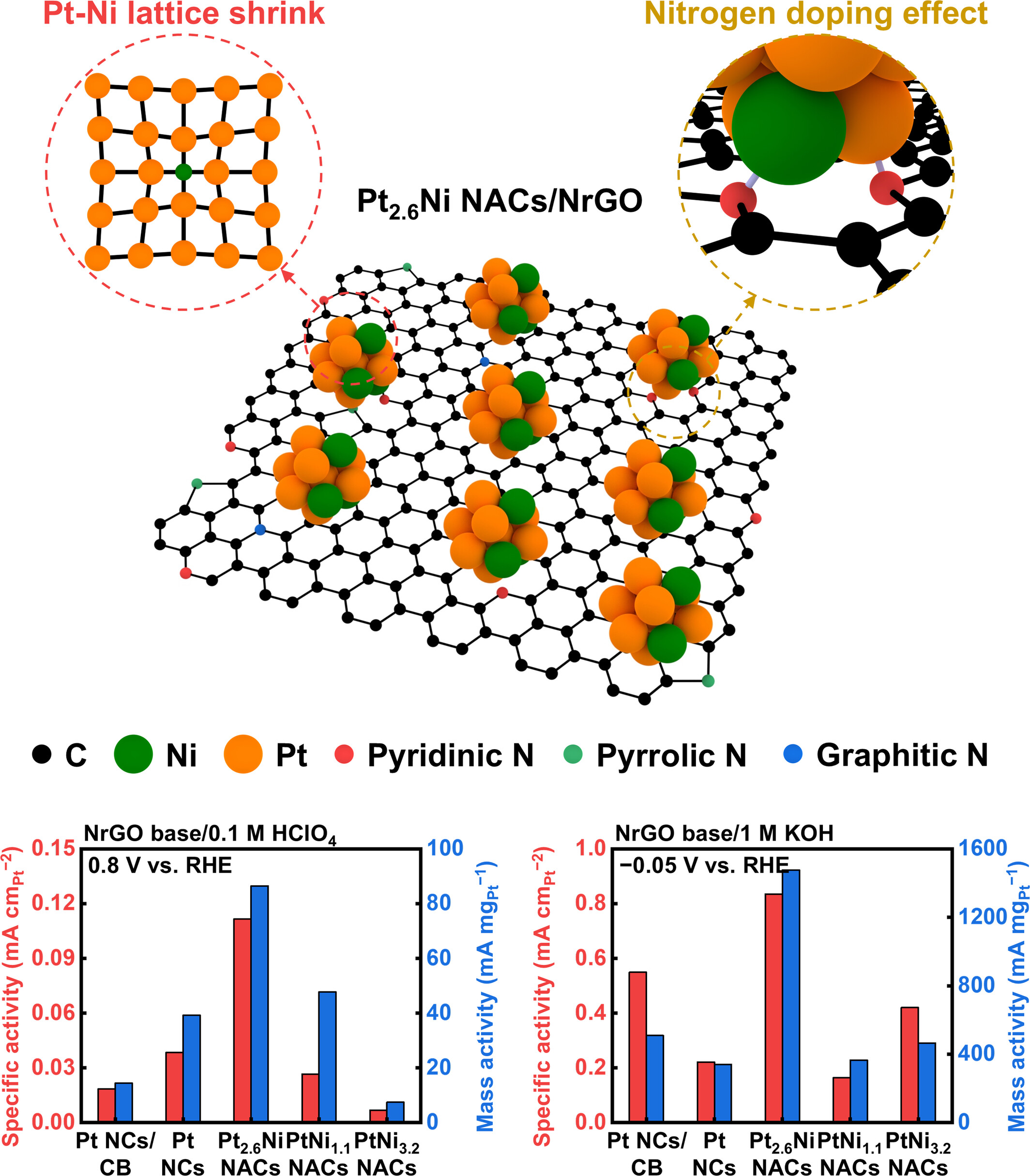
A few nanometer-sized PtNi NACs are uniformly decorated on NrGO. Structural changes are observed depending on the PtNi composition, N-doping on the graphene surface, and chemical bonding between N sites and NACs. Pt2.6Ni NACs/NrGO exhibits the highest ORR onset potential (0.893 V) and the lowest HER overpotential at 10 mA cm−2 (22 mV). From these results, Pt2.6Ni NACs/NrGO is applied to both ZAB system and hydrogen collection to assess its availability.
Erbium chloride-mediated nucleation/crystallization control for high-performance tin-based perovskite solar cells
- First Published: 30 October 2024
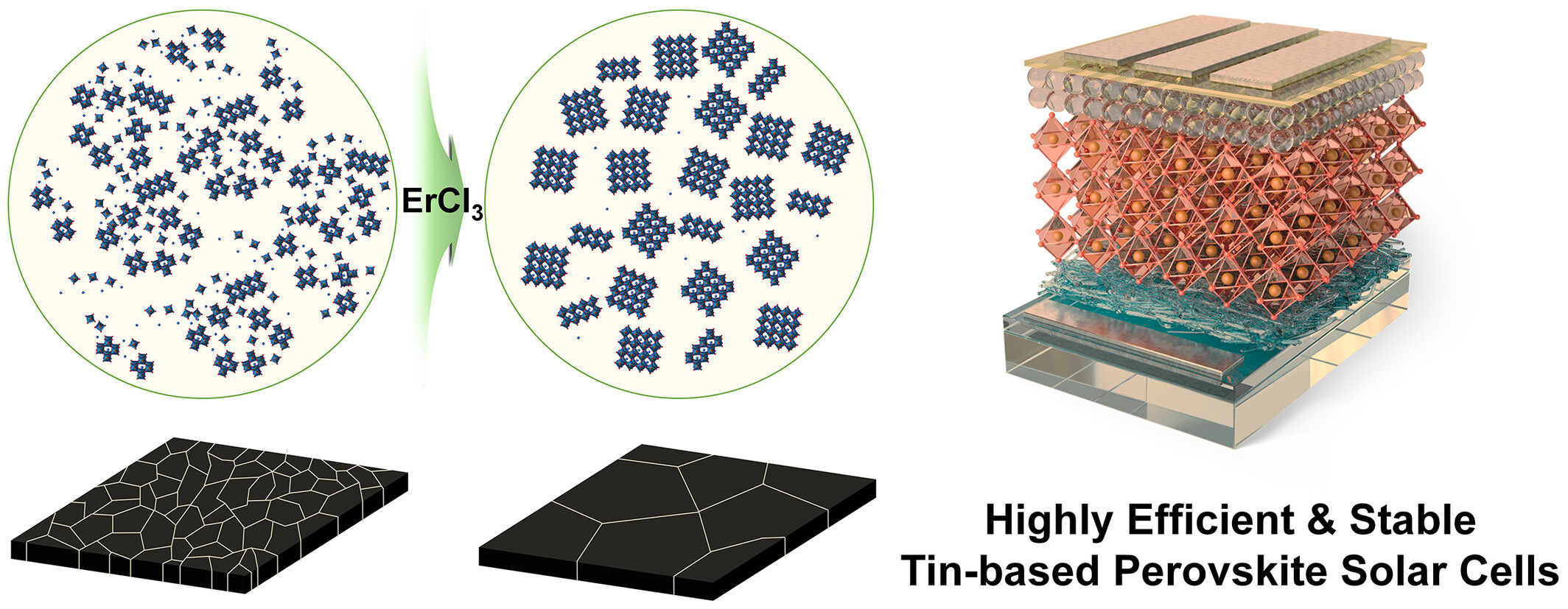
The study demonstrates that the incorporation of erbium chloride (ErCl3) into tin-halide perovskite solar cells (THPSCs) effectively controls nucleation and crystallization, resulting in improved film morphology. This approach significantly enhances the efficiency and stability of THPSCs, leading to higher open-circuit voltage (VOC) and power conversion efficiency (PCE) compared to traditional devices.
A universal reverse-cool annealing strategy makes two-dimensional Ruddlesden-popper perovskite solar cells stable and highly efficient with Voc exceeding 1.2 V
- First Published: 13 November 2024
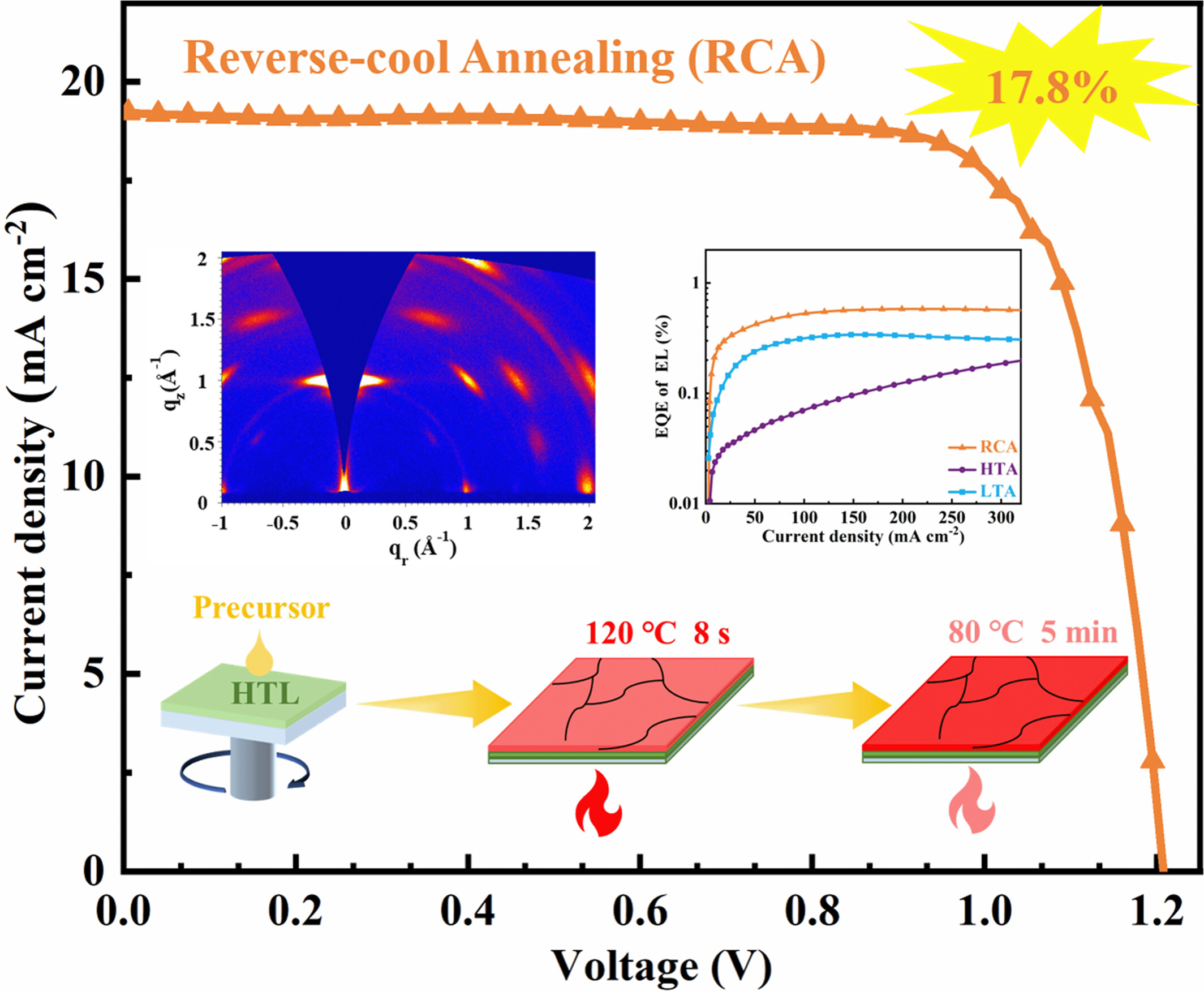
High-quality 2D RP perovskite film grown along the out-of-plane direction is fabricated by the reverse-cool annealing strategy. 2D RP perovskite solar cells show high charge carrier extraction efficiency and small non-radiative open-circuit voltage loss. The champion efficiency of solar cells achieves 17.8%, which sustains 97.4% of the initial efficiency after 1000 h under the N2 environment.
Impact of conducting agents on sulfide and halide electrolytes in disordered rocksalt cathode-based all-solid-state batteries
- First Published: 12 November 2024
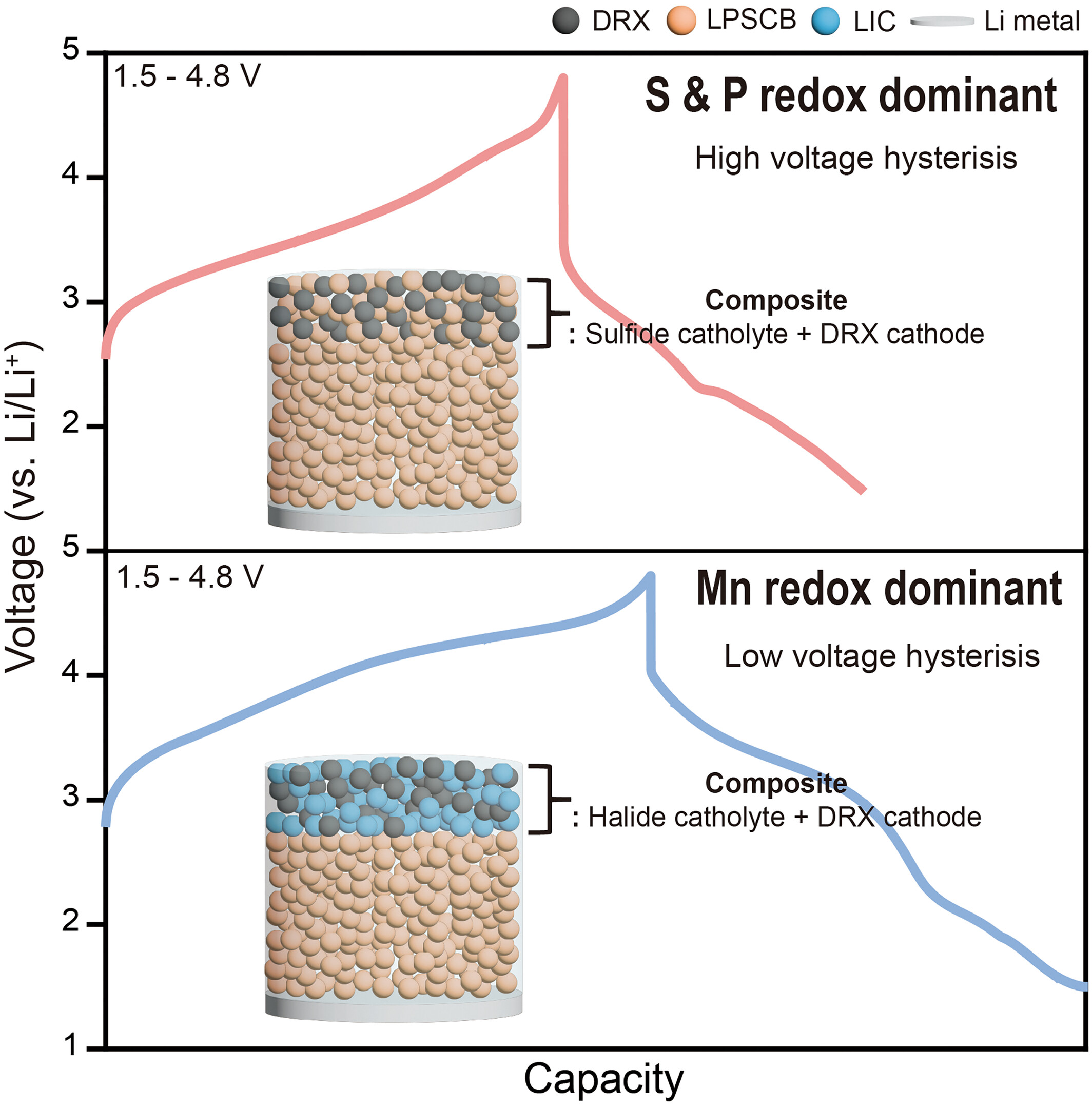
This research investigates the integration of Mn-based disordered rock-salt cathodes in all-solid-state battery systems operating from 1.5 to 4.8 V. We discuss the effects of high carbon contents required for the DRX cathodes on electrochemical performance, comparing halide and sulfide solid electrolytes. It provides new insights into the interplay among solid electrolytes, cathodes, and conductive additives.
In-situ photo-polymerized elastomeric composite electrolytes containing Li6.4La3Zr1.4Ta0.6O12 particles for stable operation in lithium metal batteries
- First Published: 13 November 2024
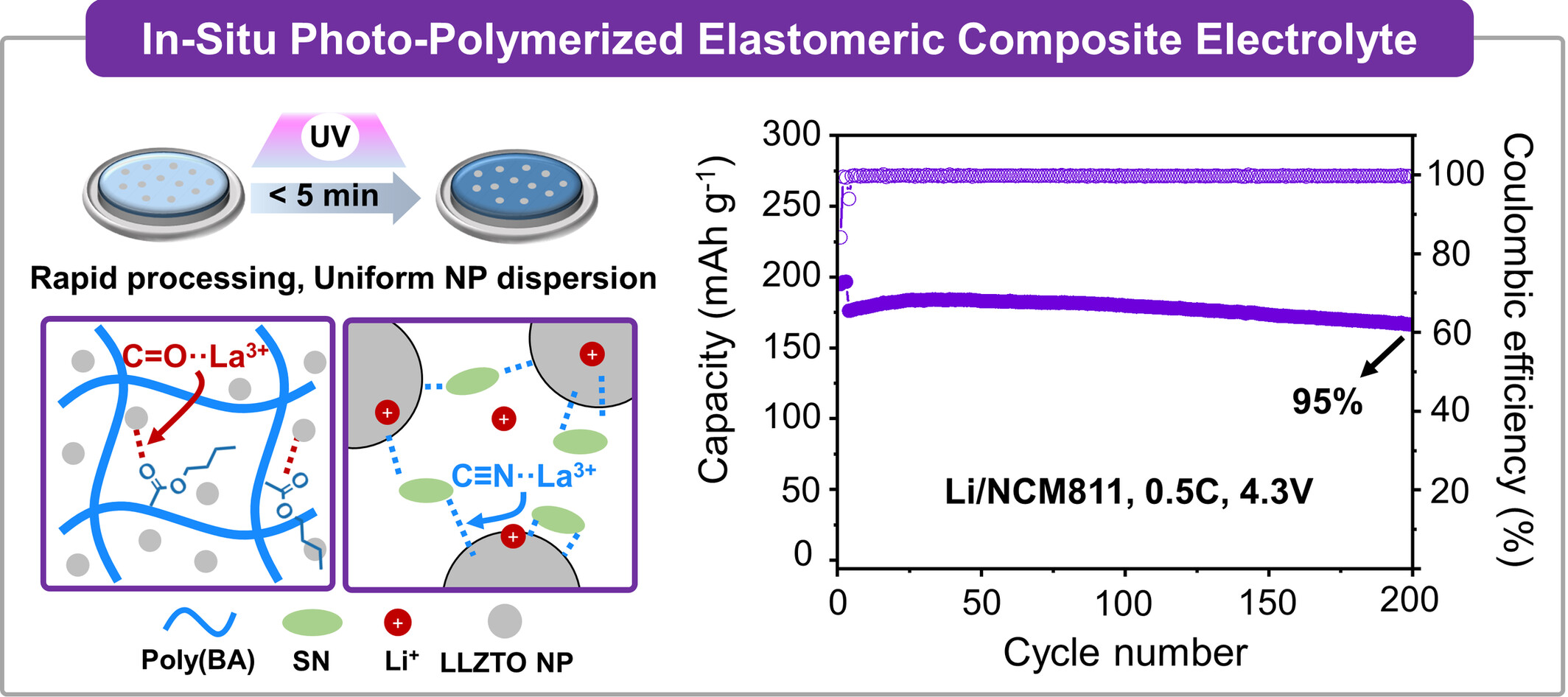
The in-situ photo-polymerized composite polymer electrolyte (CPE) exhibits high ionic conductivity, excellent elasticity, and superior adhesion properties with uniform dispersion of LLZTO nanoparticles. This CPE achieves excellent cycling performance of Li/NCM811 full cell, maintaining a capacity retention of 95% after 200 cycles with a specific capacity of 166.7 mAh g−1 under 0.5C.
Electrochemical Glycerol Valorization Using Tolerant Pt Embedded Bi Platform Electrocatalysts Derived From Photoactive Bismuth Oxyiodide Nanosheet Intermediates
- First Published: 14 November 2024
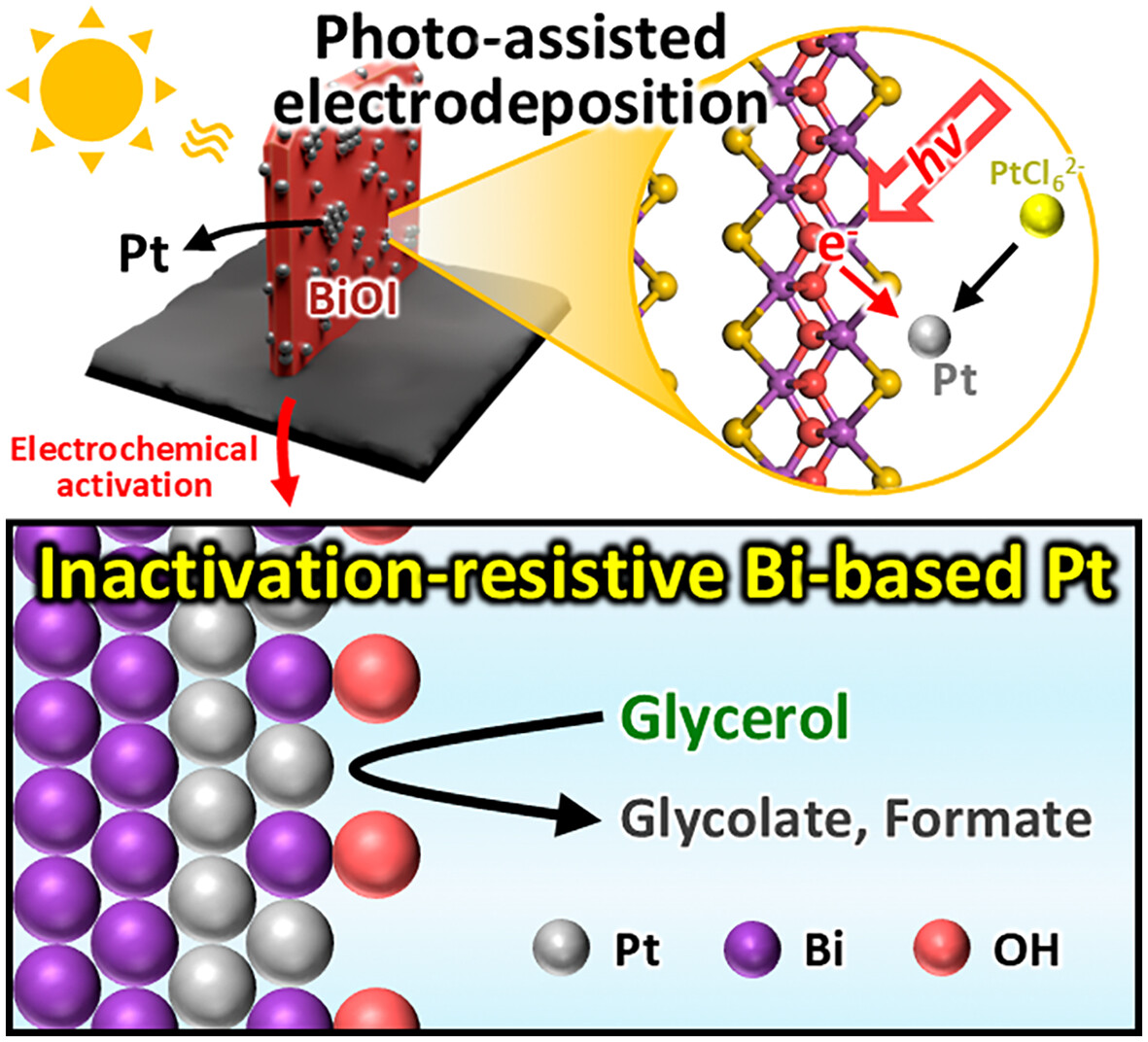
Bi-based Pt electrocatalysts for glycerol oxidation reaction are derived from photoactive BiOI intermediate. The photoexcited electrons in BiOI enable direct deposition of Pt on its surface, which induces rich Pt–Bi binding through activation. The proposed Bi-based Pt electrocatalysts consist of PtBi active sites on Bi basis, result in high Pt mass activity and stability for glycerol oxidation and energy-saving hydrogen production.



